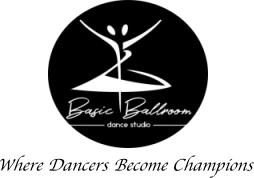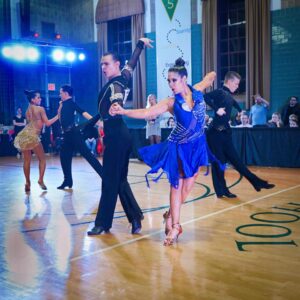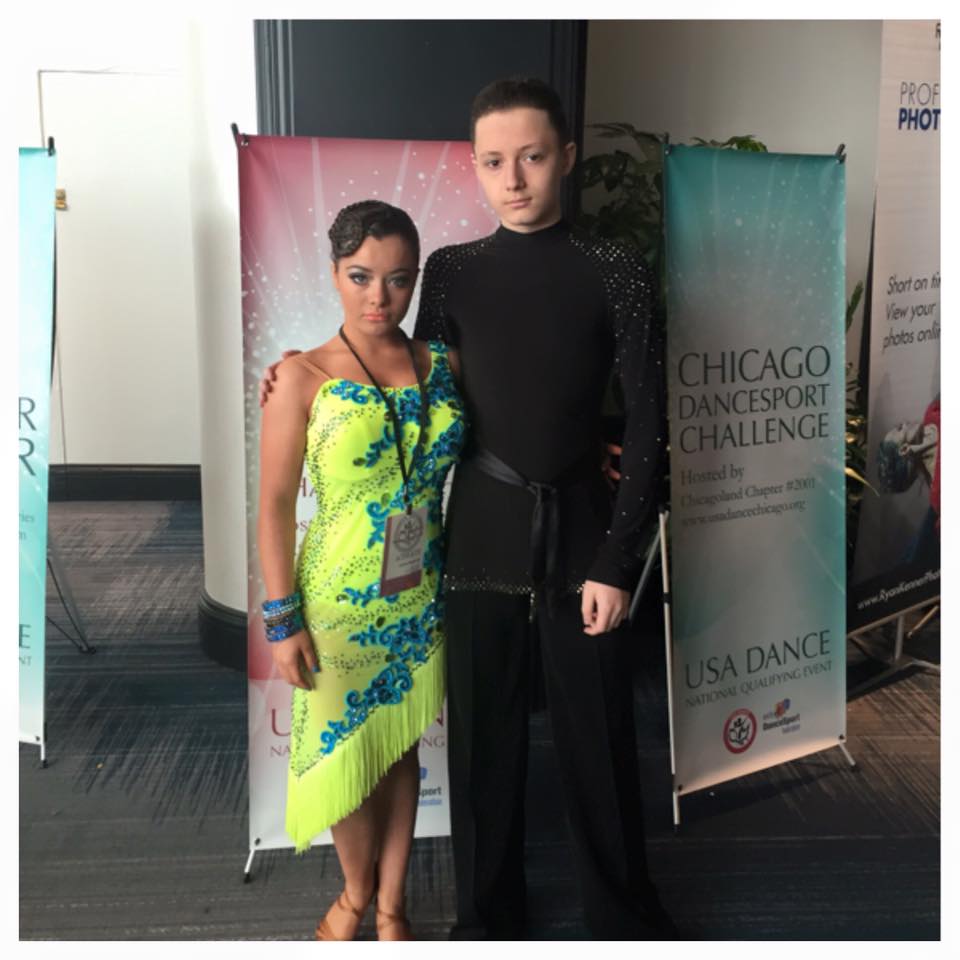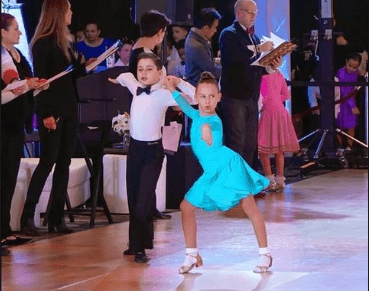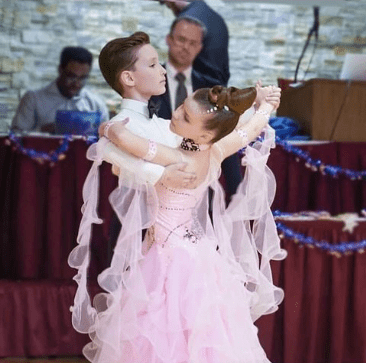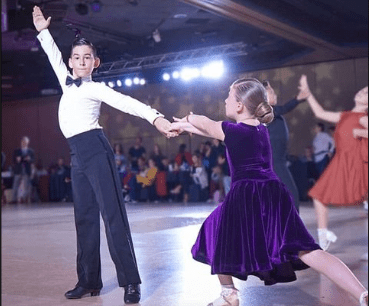
[DISPLAY_ULTIMATE_SOCIAL_ICONS]
Ilya Barmotin
Passion for Dance Latin
Instructor and Basic Ballroom Dance Studio cofounder Ilya Barmotin is no stranger to the arena of competitive dancing—Ilya’s trophy room houses awards from the World Cup, US Open, and South American Showdance. With a lifetime spent in slick-soled shoes, he’s also aware of the social and fitness benefits of choreographed body movement. That’s why his studio teaches social and competitive dancing to students of all ages and experience levels in group or private settings.
Performing Arts School
Our mission as dance educators is to instill a deep love of dance while also instilling self-confidence, discipline, integrity, and respect for the performing arts. Furthermore, our goal is to provide each dancer with the guidance and tools necessary to take dance as far as they desire. Finally, we will lay a strong foundation for a dancer’s career by honing their physical understanding of ballroom dance technical expectations as well as the artistic aspect of the art form
One of the greatest things about ballroom dance is the variety it offers. Whether you are a seasoned expert, or a new dancer, you might catch yourself wondering, “are there 19 different types of ballroom dance?!” The answer is yes, there are, and we’ve broken them down with a list to help you understand what makes each of them unique.
Intermediate
Familiar with both rhythms and patterns as well as the technique that comes with the genre. The level will both try to improve on the execution of fairly basic material, but also provide slightly more challenging material.
INTERMEDIATE ADVANCED
This level is for experienced dancers. Students showing up at this level are confident, technically knowledgeable and fairly fluent in the rhythmical language around the dance form. The material in this level will be challenging from all aspects: rhythmically, technically and tempo wise.
ADVANCED
Usually requires an audition, competitive process. Preparations for professional performances or work.
Classes
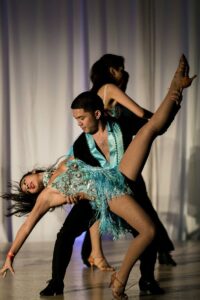
Cha Cha Cha
A continual, flirtatious game of “cat and mouse” – the International Cha Cha has Cuban roots, and is known for its breaking action on count “2” (unique to Cha Cha, Rumba, and Mambo) and syncopated action on counts 4&1 (also counted as “cha cha cha”).
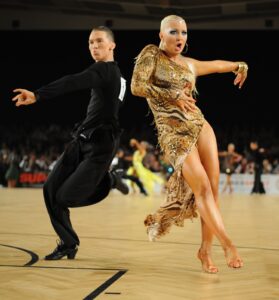
Rumba
The International Rumba is the slowest International Latin dance in terms of music, however, it showcases alternating timings to depict fast moments within a slow dance. Known as the dance of love, the Rumba is crowd favorite, often telling a romantic story between two people. Unlike the American Rumba, the International style is danced with a straight leg action, likened to the International Cha Cha.
